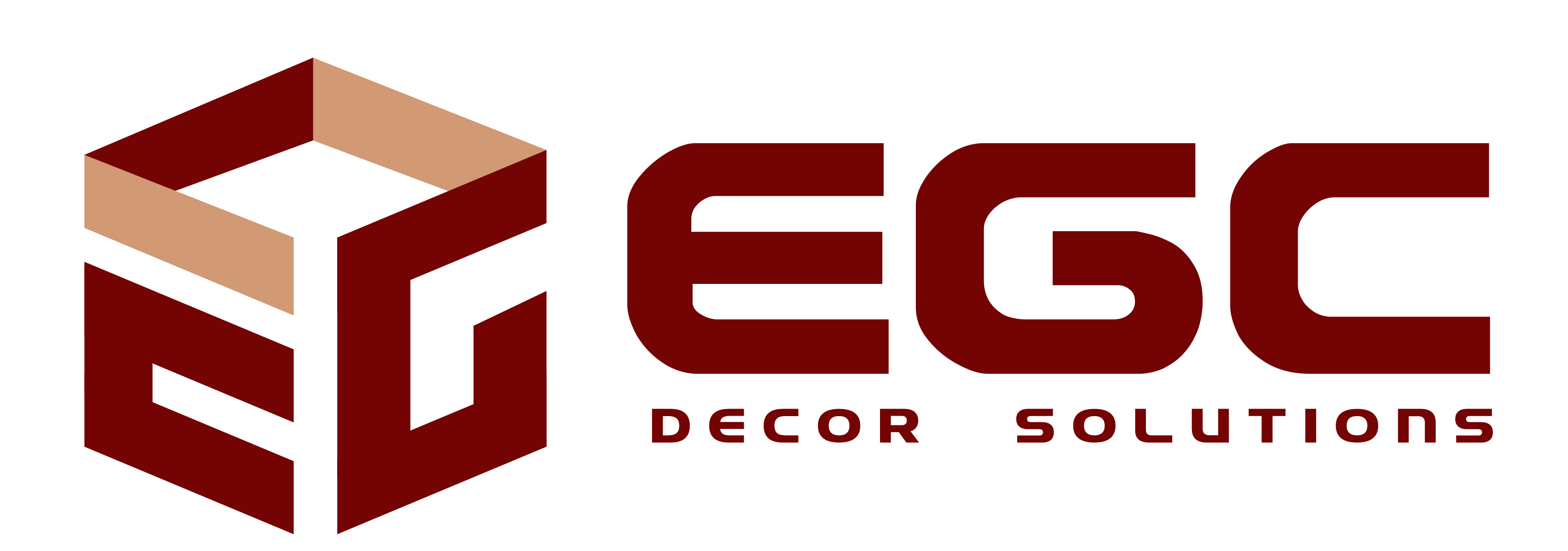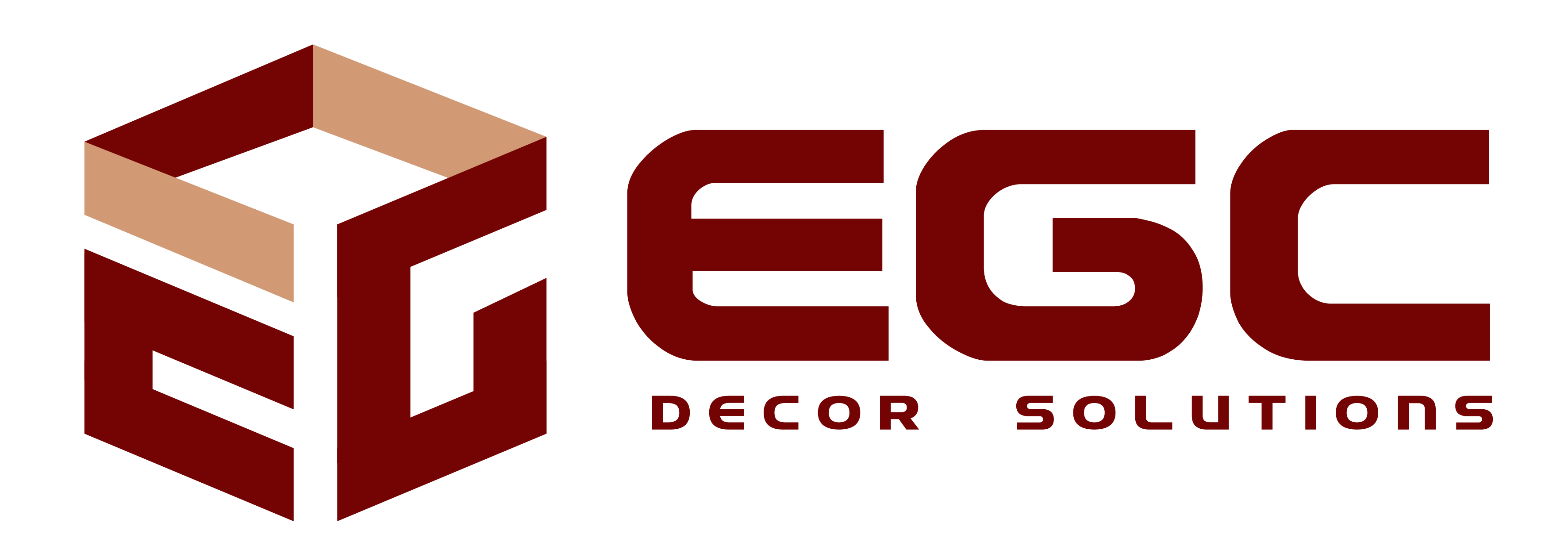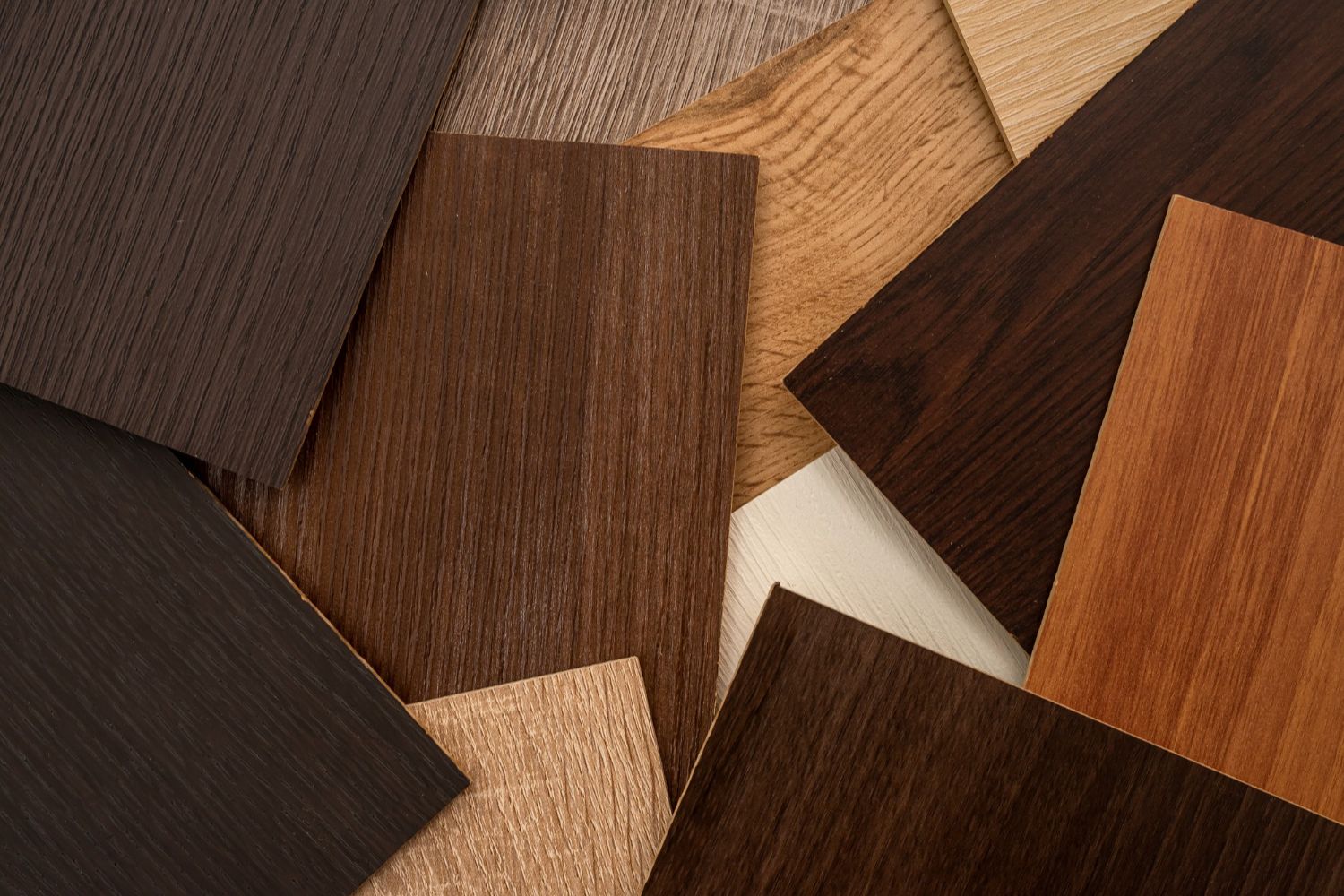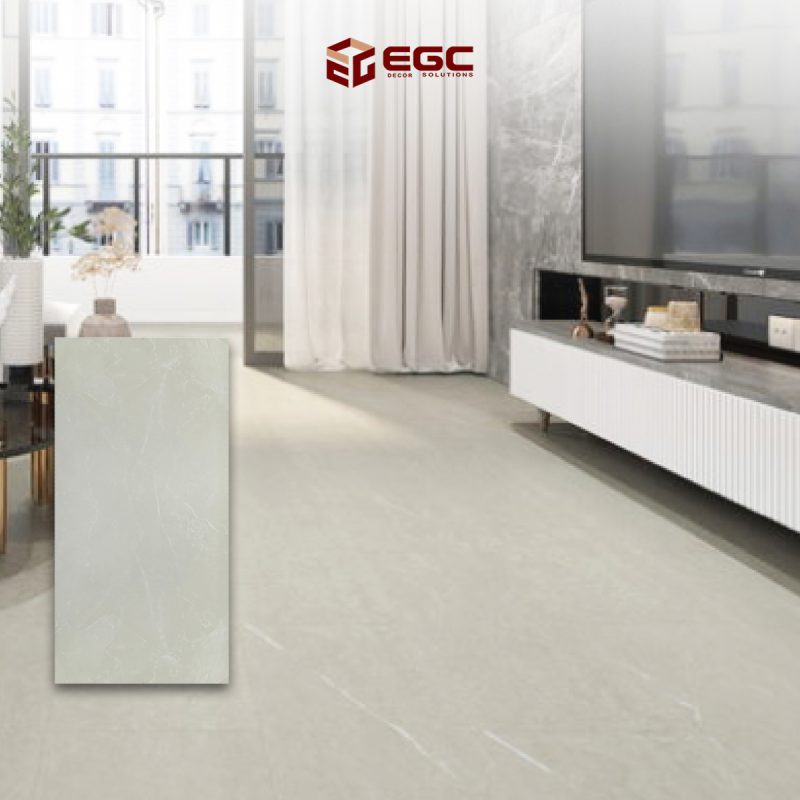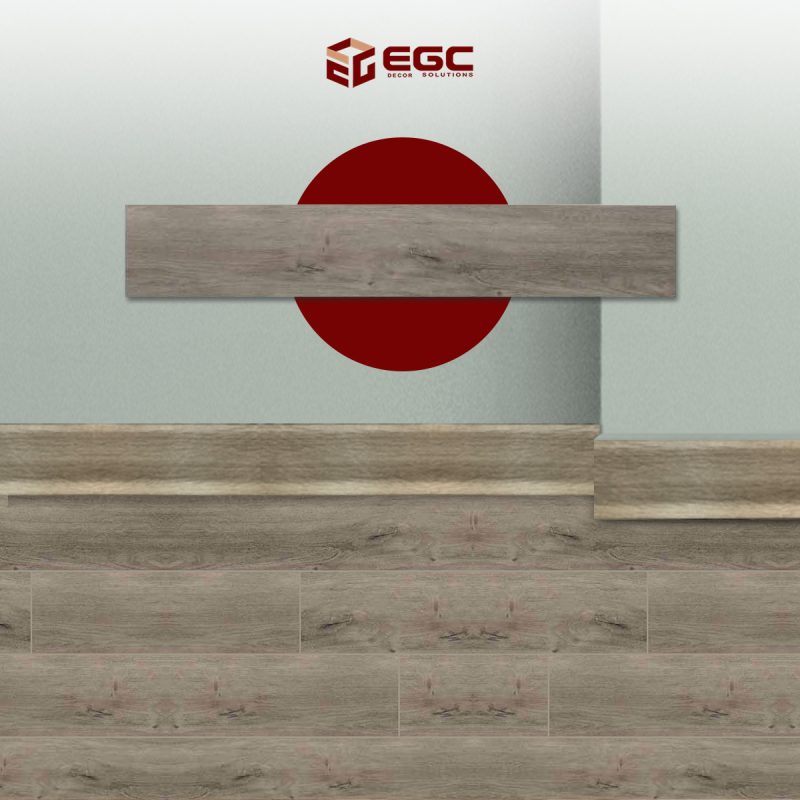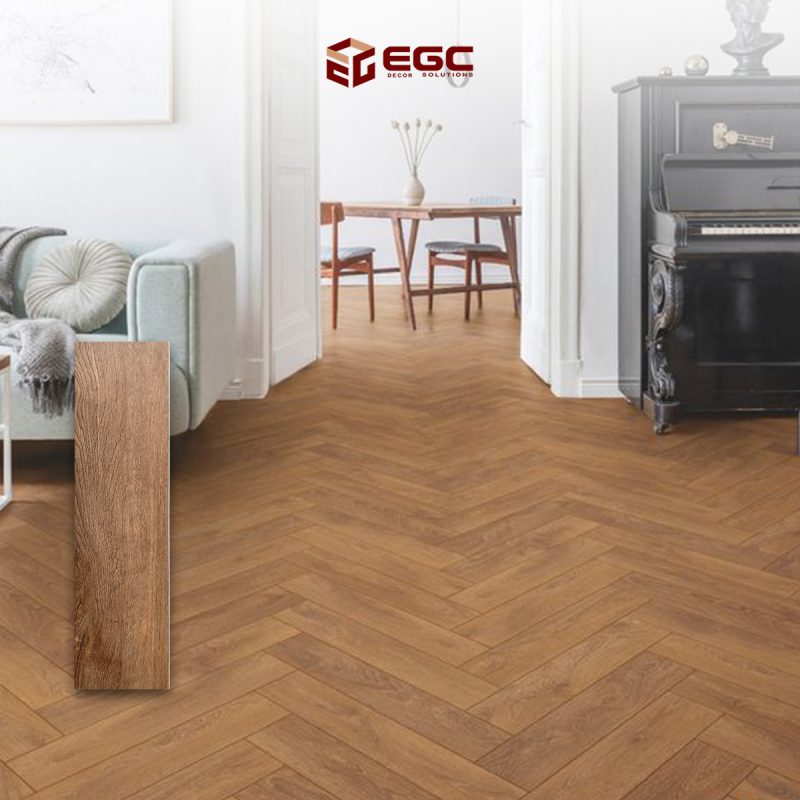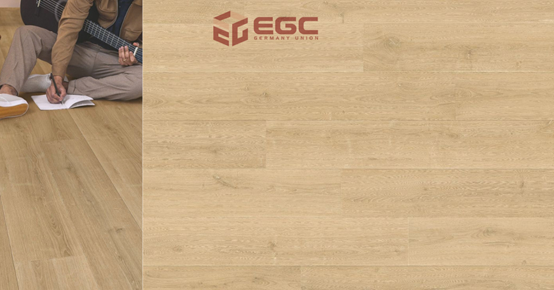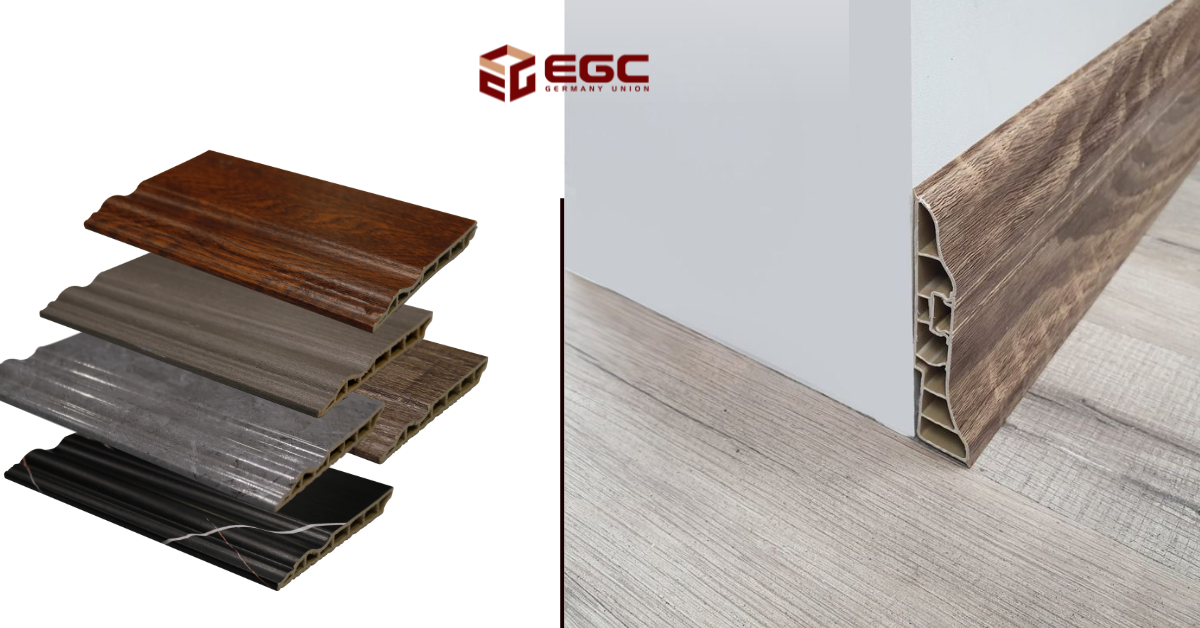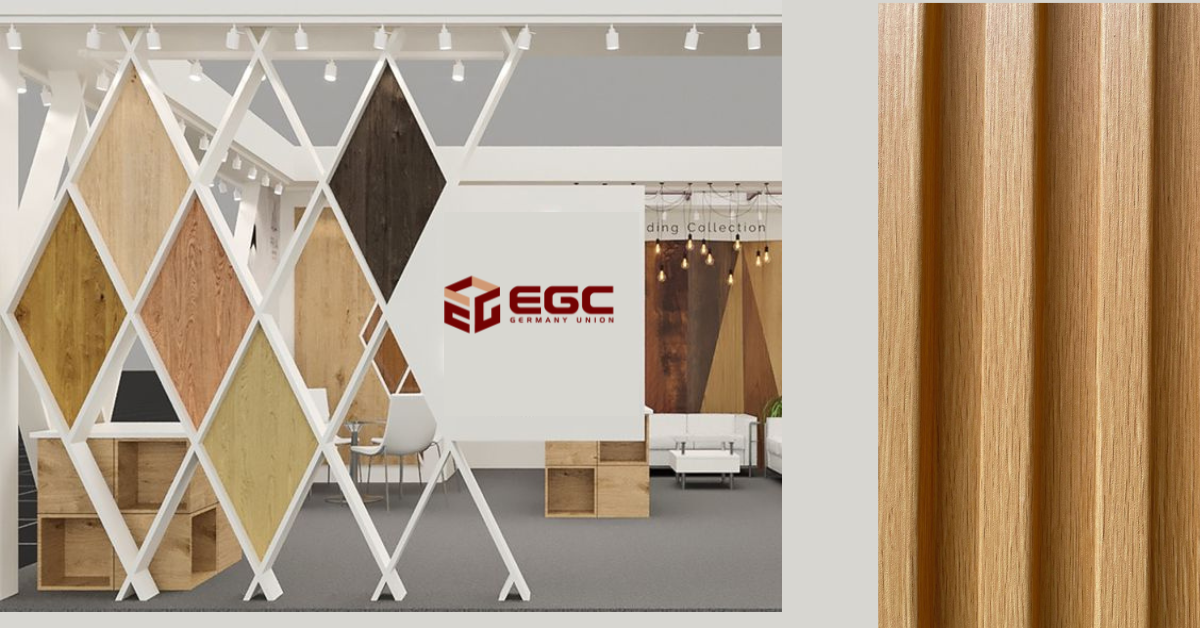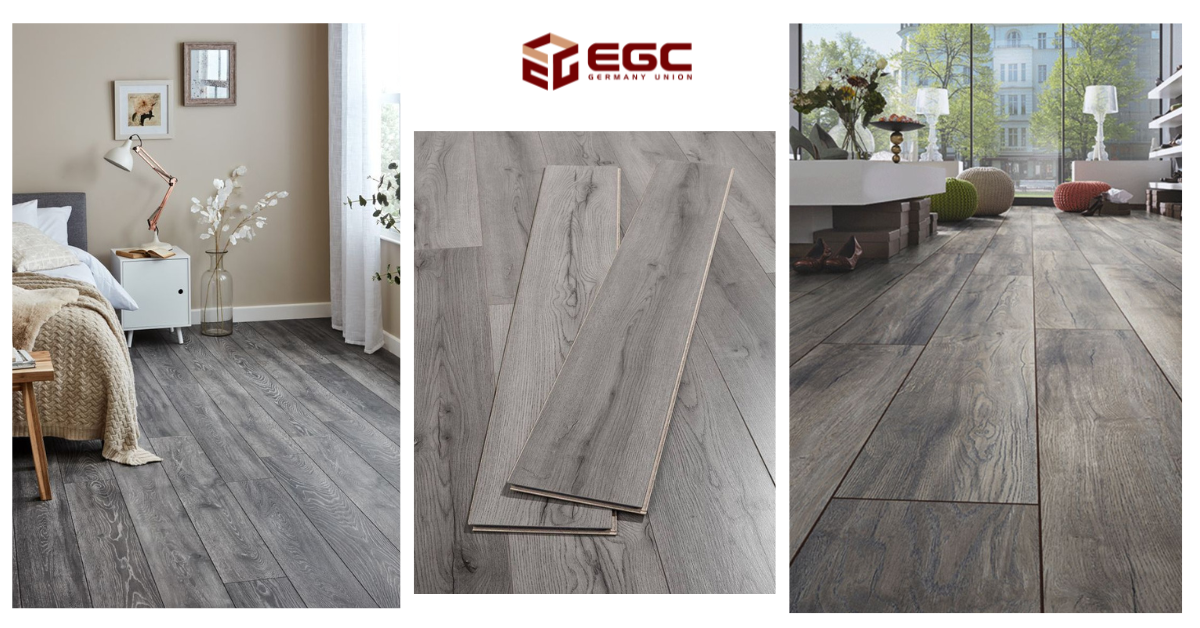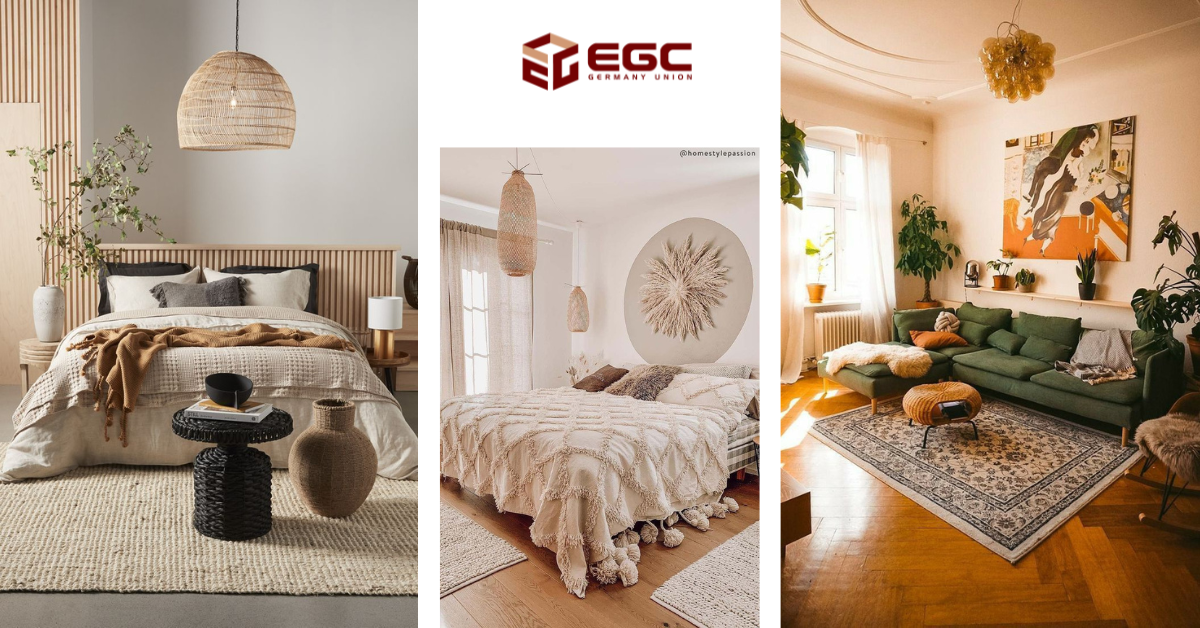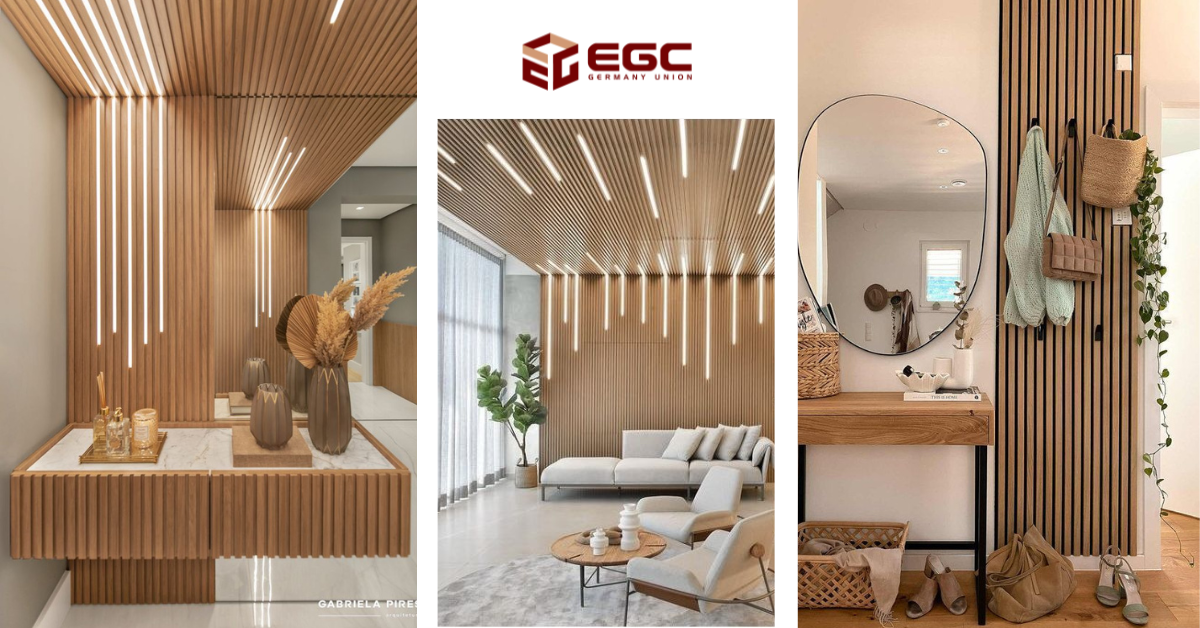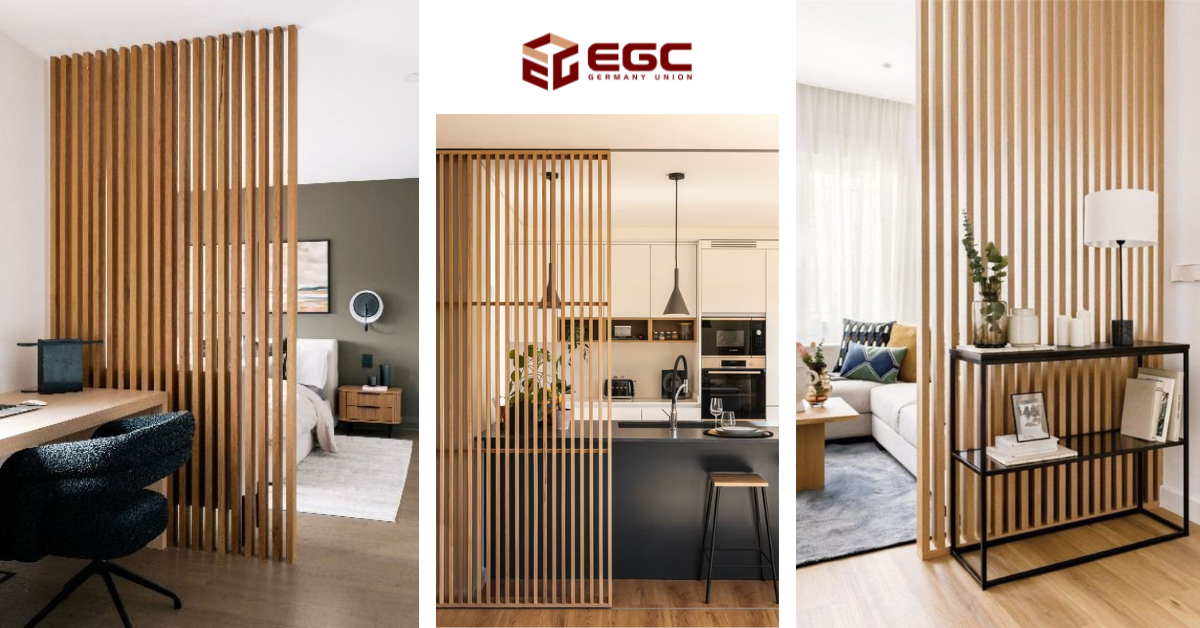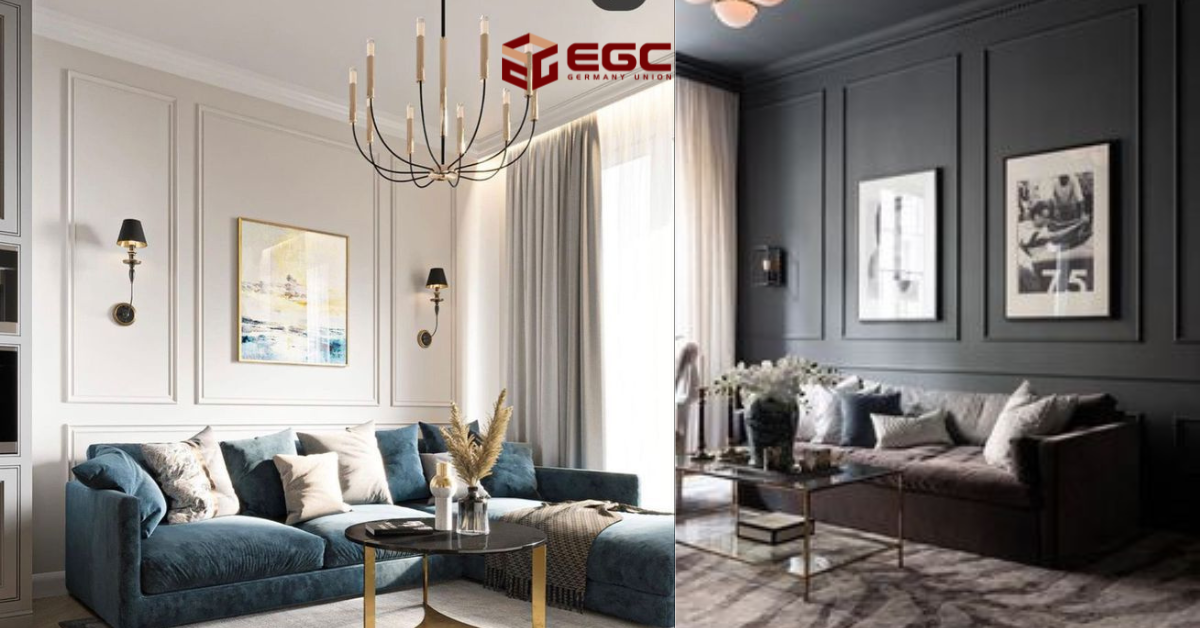Best Solutions for Cladding Walls and Ceilings Directly on Plaster
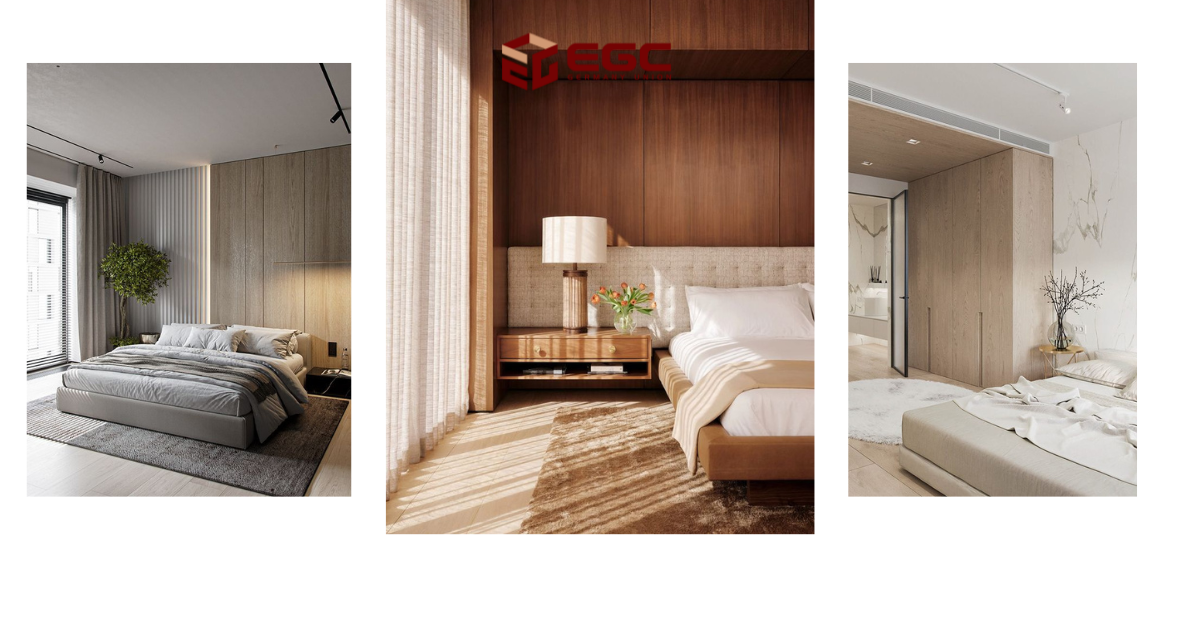
Wall and ceiling cladding plays an important role in enhancing interior decor and has evolved over time. Here are some key points that highlight the importance of wall and ceiling cladding in improving interior design and its development:
The Importance of Wall and Ceiling Cladding in Enhancing:
Aesthetics and design: Wall and ceiling cladding enhances the beauty of the space and adds an artistic and elegant touch. Various panels and materials with different finishes and colors are available, allowing for a unique character and personalized style.
Hiding defects: Wall and ceiling cladding helps conceal cracks or structural imperfections in walls and ceilings. It can be used to unify the appearance and avoid direct visibility of surface damage.
Thermal and sound insulation: Wall and ceiling cladding can contribute to better thermal and sound insulation of the space. Special materials such as thermal and acoustic insulation can be used to improve efficiency and reduce disturbing noise.
Technological development: Over the centuries, cladding technologies have significantly evolved—from traditional paints and plaster to carbon panels and modern composites, providing more options and better quality.
Artistic and cultural expression: Wall and ceiling cladding is not just decorative—it also serves as a form of artistic and cultural expression. Colors, patterns, and designs can reflect cultural identity or an artistic style within the space.
Wall and ceiling cladding plays a major role in improving and developing decor over time. It enhances visual appeal, provides insulation, hides flaws, and promotes artistic and cultural expression. There are several alternatives to traditional insulating panels, including:
What Are the Alternatives to Wall and Ceiling Cladding?
Tiles: Tiles can be used for wall and ceiling cladding. They come in various materials such as ceramic, porcelain, clay, and glass, offering a wide range of designs and colors. Tiles are durable, easy to maintain, and suitable for wet areas like bathrooms and kitchens.
Plaster: Plaster is a common choice for cladding walls and ceilings. It is used to create a smooth, even surface to enhance appearance and hide flaws. It can be applied in several ways such as troweling, smoothing, or painting.
Paint: Paint is one of the simplest alternatives for wall and ceiling cladding. Available in a wide variety of colors and finishes, it allows for different effects. You can choose between oil-based or water-based paints depending on your preferences.
Wallpaper: Wallpaper is a popular option for wall cladding. It comes in a broad range of designs, colors, and prints. It’s easy to apply and remove.
Wood panels: Wood panels add a warm, natural look to walls and ceilings. They come in various types and colors and can be installed vertically or horizontally.
Fiberglass: Fiberglass is used to decorate ceilings and improve sound insulation. It is strong, moisture- and mold-resistant, and can be installed in sheet or roll form.
These options vary in price, installation, maintenance, and appearance. Choose the most suitable one based on your needs, preferences, and budget. Consulting with an architect or contractor is recommended to ensure proper selection and installation.
When it comes to cladding in wet areas, it’s best to use water-resistant and easy-to-clean materials. Here are some suitable options for such spaces:
Recommended Alternatives for Wet Areas:
Ceramic or porcelain tiles: These are the most common options for wet areas like bathrooms and kitchens. They are waterproof, easy to clean, and durable. Available in a wide variety of colors and designs.
PVC composite panels: Commonly used in wet areas for their waterproof, strong, and durable nature. Available in multiple styles such as marble, wood, and metallic looks. Easy to install and maintain.
Water-resistant plaster: Can be used for cladding in wet areas. Offers resistance to moisture and durability. Finishing it with waterproof paint further enhances its performance.
Tempered glass: Tempered glass can be used for wall and ceiling cladding in wet areas. It’s waterproof, durable, and easy to clean. Can be installed directly or as decorative panels.
Water-treated wood panels: If you prefer a wooden look in wet areas, water-treated wood panels are suitable. These are processed to resist water, mold, and mildew. Recommended types include red cedar, cypress, and cedarwood.
Note: Materials may vary depending on humidity levels and usage. Always consult a professional to select the most suitable alternative for effective protection.
Technological advancements have brought new alternatives to wall and ceiling cladding that combine multiple benefits, such as Carbon Slate panels—now provided by leading décor company EGC through high-quality, efficient, and affordable manufacturing. But first, what are carbon panels?
Carbon Slate Panels:
Carbon Slate (Carbon Fiber Reinforced Panels) is a technology that uses carbon fiber-reinforced sheets for cladding walls and ceilings. These panels offer high durability, lightweight properties, and resistance to weather and moisture.
They are used for wall and ceiling cladding and are known for their unique appearance, adding a modern and elegant touch to any space.
Carbon Slate panels are waterproof and highly durable, making them suitable for wet areas such as bathrooms and kitchens. They come in universal sizes and can be shaped without cutting, thanks to their flexibility and adaptability to heat shaping or carving. They can be easily installed using appropriate adhesives.
Key advantages of Carbon Slate panels include:
- Lightweight and easy to install
- Shock- and corrosion-resistant
- Available in various colors and patterns to match different interior designs
They are also suitable for outdoor use due to their durability and weather resistance, making them ideal for external wall and ceiling applications. Carbon Slate panels can withstand temperature changes, humidity, and UV exposure.
